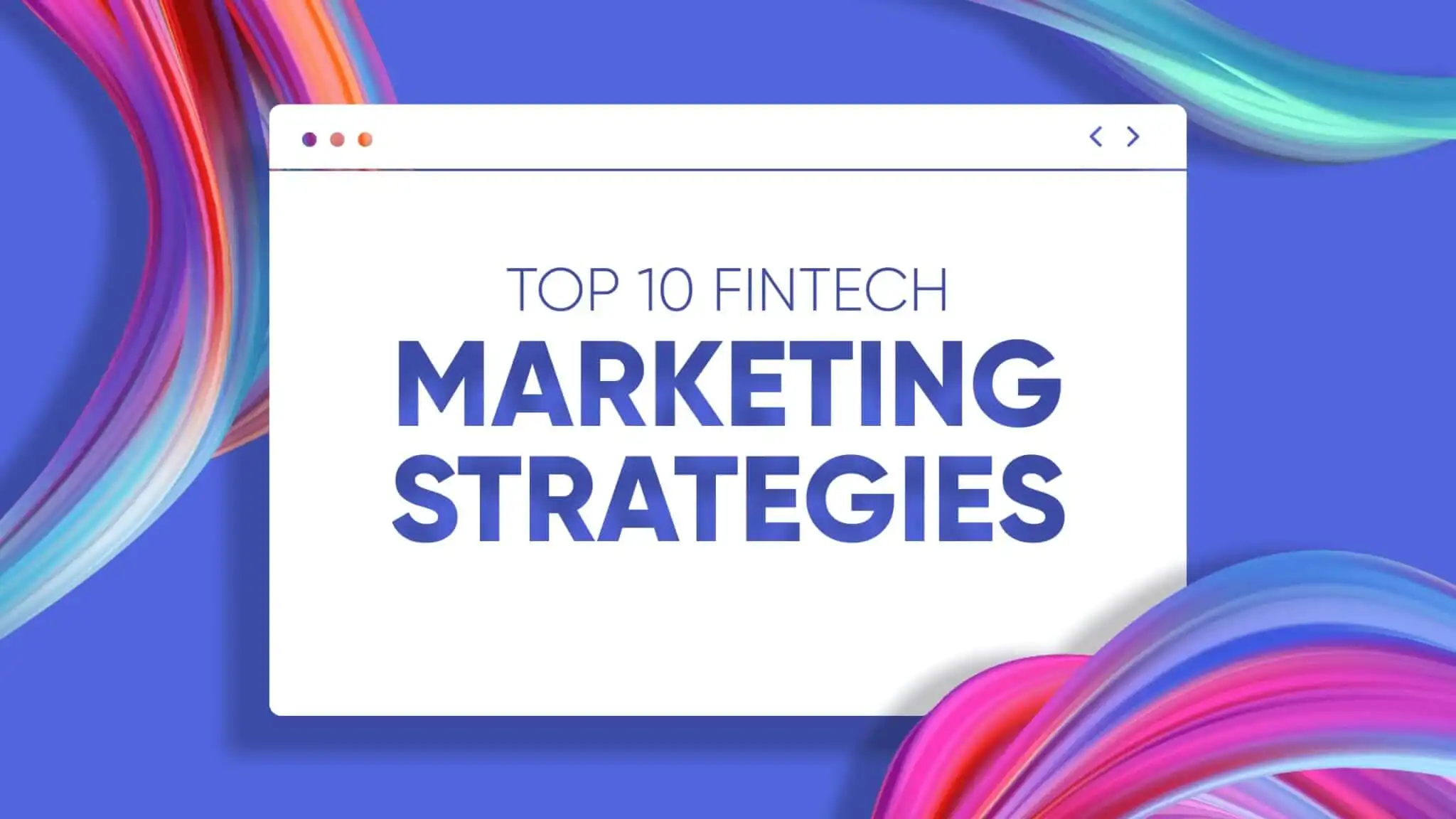In the rapidly changing world of marketing, where digital platforms and technology seem to dominate the conversation, the role of advertising agencies and traditional marketing strategies remains significant. While digital marketing has undoubtedly transformed the way businesses connect with their audiences, traditional methods continue to hold their ground, creating a dynamic blend that fuels successful marketing campaigns. In this blog post, we delve into the enduring relevance of advertising agencies and traditional marketing strategies, highlighting their importance in today’s ever-evolving landscape.
The Evolution of Advertising Agencies: From Print to Pixels
1. A Bridge Between Brands and Consumers: Advertising agencies have long been the intermediaries between brands and consumers, translating brand messages into compelling campaigns. Despite the rise of digital channels, agencies continue to play a crucial role in crafting and executing strategies that resonate with target audiences.
2. Crafting Memorable Campaigns: The expertise of advertising agencies in creating memorable campaigns is invaluable. From iconic slogans to unforgettable jingles, traditional mediums like television, radio, and print have the power to leave a lasting impression on consumers.
3. Integration with Digital: In a world where digital marketing is king, advertising agencies have seamlessly integrated traditional and digital strategies. Multi-channel campaigns that span TV, radio, print, and online platforms ensure a wider reach and increased engagement.
The Timelessness of Traditional Marketing Strategies:
1. Tangible Impact: Print materials like brochures, flyers, and direct mail provide a tangible connection between brands and consumers. The physicality of these materials can leave a lasting impact and trigger emotional responses.
2. Localized Targeting: Traditional strategies allow for hyper-localized targeting. Local newspapers, radio stations, and community events enable businesses to connect with specific geographical audiences.
3. Trust and Familiarity: Traditional methods often evoke a sense of trust and familiarity. For instance, a radio jingle that people have heard for years can create a sense of comfort and reliability.
Examples of Successful Traditional Marketing Campaigns:
1. Coca-Cola’s “Share a Coke” Campaign: Coca-Cola’s personalized cans and bottles with names and nicknames became a sensation. This campaign utilized traditional packaging to create a personal connection with consumers.
2. Nike’s Iconic Slogan: Nike’s “Just Do It” slogan, launched in 1988, remains one of the most recognizable and enduring taglines in advertising history.
3. Super Bowl Commercials: Super Bowl commercials are a testament to the enduring impact of traditional TV advertising. These high-profile ads capture the attention of millions and often become cultural touchpoints.
The Balance Between Old and New:
In the modern marketing landscape, it’s not a matter of traditional versus digital, but rather a symbiotic relationship between the two. Successful brands recognize the value of harnessing the strengths of both worlds to create integrated campaigns that resonate across a diverse audience.
Conclusion: The Enduring Influence of Advertising Agencies and Traditional Strategies
While digital marketing has revolutionized the way businesses engage with consumers, the enduring influence of advertising agencies and traditional marketing strategies cannot be overlooked. These methods provide a foundation of familiarity, trust, and resonance that complements the dynamic and fast-paced nature of digital platforms. As the marketing landscape continues to evolve, the wise integration of traditional and digital strategies will undoubtedly be the key to creating impactful and memorable campaigns that stand the test of time.



